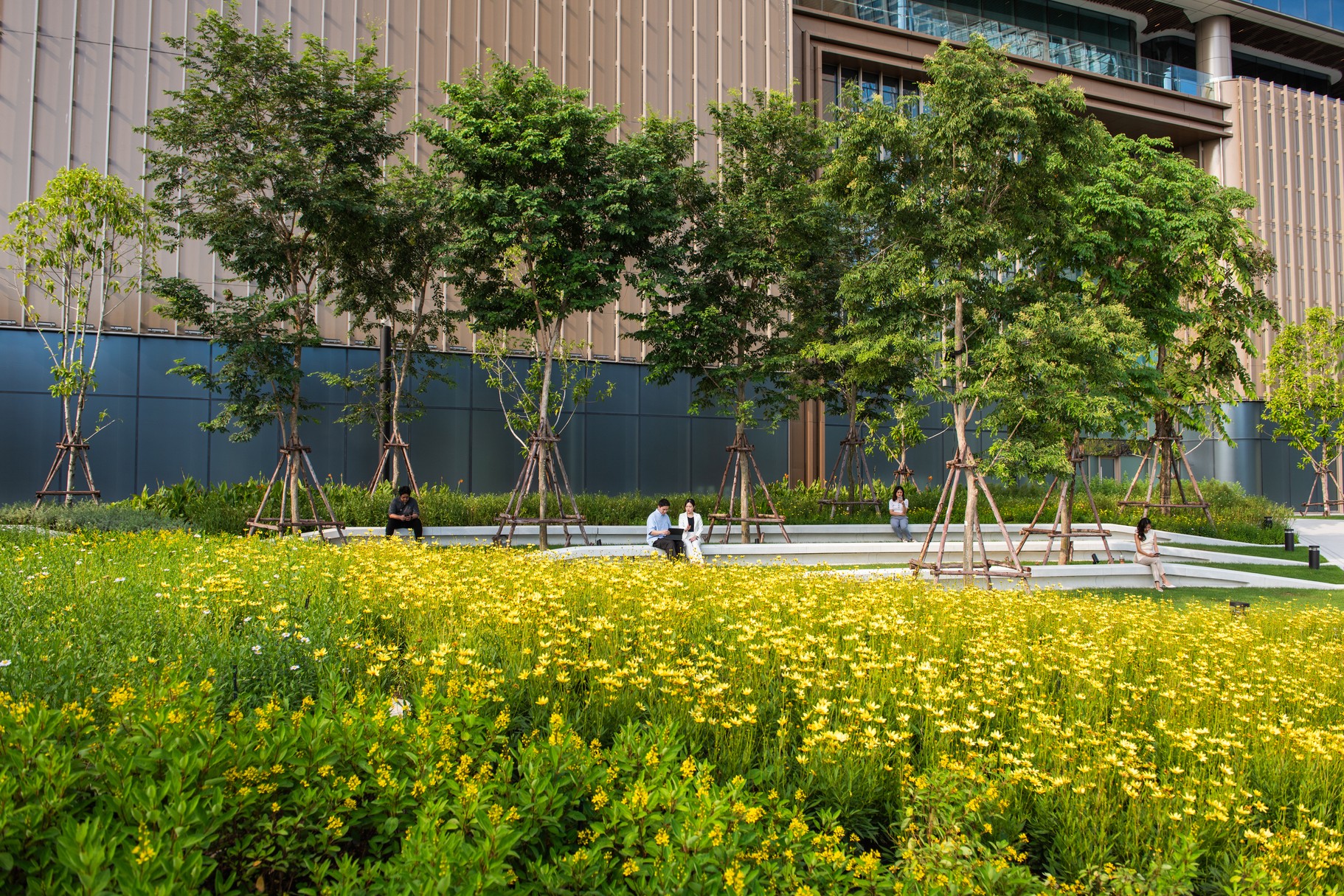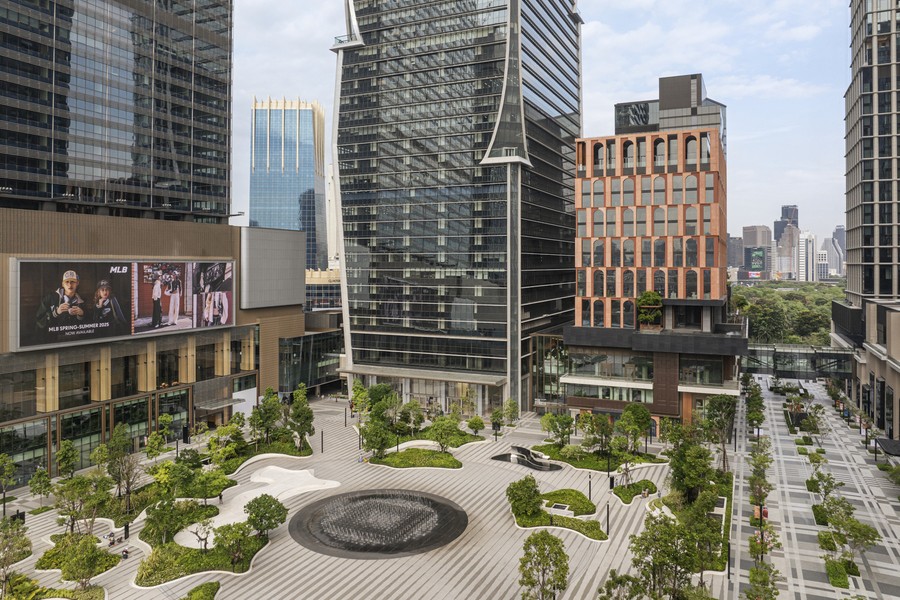Search
Recent Search
Directory Shop

Recent Search
Directory Shop
01 Aug 2025

In recent years, PM 2.5 dust has become a major air pollution problem in Bangkok, and a growing concern in many other provinces across the country. It continuously impacts public health. The primary causes of this pollution include traffic congestion, construction activities, industrial operations, and burning, which have led to areas exceeding the recommended dust levels. Therefore, developing a sustainable city with a management system that supports the environment and enhances the quality of life for urban residents is essential in today's world.
Understanding the Dangers: PM 2.5, A Problem Not to Be Ignored
While many are familiar with the term PM 2.5, or Particulate Matter of 2.5 microns, this is not an issue to be taken lightly. PM 2.5 particles are 20 times smaller than human hair, meaning they can easily enter the respiratory system and bloodstream. If inhaled in large amounts over an extended period, PM 2.5 can have significant health impacts, including:
Respiratory Diseases
These fine particles can accumulate in the airways and alveoli of the lungs, causing chronic irritation and increasing the risk of diseases such as chronic asthma, bronchitis, or emphysema. People with a history of allergies or lung conditions are at a higher risk of exacerbating their symptoms.
Heart Disease and Stroke
Continued exposure to PM 2.5 can increase the risk of heart disease, sudden heart attacks, and stroke. The mechanism involves dust causing inflammation in the blood vessels, which accelerates the process of arteriosclerosis and increases the likelihood of blood clots.
Fatigue and Headaches
Even those not suffering from existing illnesses can still experience the effects of PM 2.5 through chronic fatigue, sleeplessness, and frequent headaches. These symptoms can affect workplace efficiency, learning, and long-term mental health.
What Are the Current PM 2.5 Dust Levels in Bangkok?
PM 2.5 levels in Bangkok have been rising, with the following major contributors:
Bangkok has one of the highest rates of registered vehicles in the country, and the number continues to grow each year. During peak hours, the roads are heavily congested, with cars stuck in traffic for extended periods. This causes continuous fuel combustion and releases exhaust fumes into the atmosphere.
City development projects, such as the construction of roads, railways, office buildings, and large residential complexes, involve excavation and transportation of materials transport, processes that generate a substantial amount of dust. Without strict dust control measures, the dust from construction sites spreads to nearby roads and areas, contributing to PM 2.5 levels in the city.
PM 2.5 levels in Bangkok tend to rise from the end of the year to early the next year, particularly between November and February, which is the cool season in Thailand. The “inverted weather” conditions during this time—where the temperature near the ground is lower than that of the air above—prevent the dust particles from rising and dispersing. With no wind or rain to clear the air, dust accumulates to dangerous levels.

One Bangkok: A Space That Values the “Sustainable City” Concept
In an age where the world faces widespread environmental issues such as global warming, air pollution, and PM 2.5 dust—traditional city development models are no longer sufficient to meet the needs of urban residents. One Bangkok represents an example of a city developed with a focus on the "Sustainable City" concept, aimed at improving the environment.
Designing Over 50 Acres of Green Space to Reduce Dust and Improve Quality of Life
One Bangkok sets itself apart by allocating more than 50 acres of green space. This green environment not only enhances the city’s liveability but also plays a crucial role in trapping and filtering PM 2.5 dust through the planting of large trees and shrubs.
Using Clean Energy and Reducing Construction Waste
Sustainability at One Bangkok goes beyond the planting of trees. It includes resource management throughout the entire development process, such as:
Creating Health-Promoting Buildings
While most buildings in the city focus on height or luxury, the buildings at One Bangkok are designed with the health of their occupants in mind.
One Bangkok sets a new standard for sustainable development in the country, integrating smart technology to create a sustainable city for everyone. Visit One Bangkok, a city that puts people at the centre of its focus, today.
References:
"Health Effects of PM2.5 Dust." Retrieved on 7 July 2025 from https://erdi.cmu.ac.th/?p=3419
Tag
SHARE